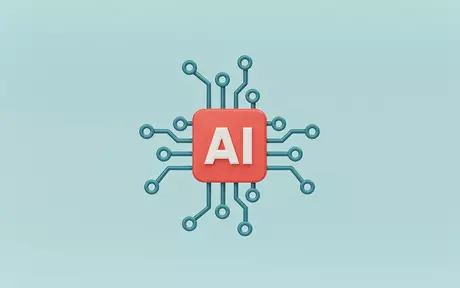
Simplify workflows to save time and guarantee adaptability and flexibility in service-based organizations – today, tomorrow, and beyond
As changes to the way we all work continue to accelerate, service-based businesses must be ready to adapt. From the need to switch to a global model of project management to simplifying and automating workflows, and intelligently planning company finances, technology plays a key role in ensuring your business can stay flexible.
Let’s not mince words: COVID really has changed everything. And it’s changed it all faster than many firms were ready – or willing – to adapt.
It would be foolish to think that events of this magnitude won’t come again in the future. And it’d be foolish to think that the present crisis will be “over” any time soon. And so, as we become more and more comfortable with negotiating a new status quo, many professional services businesses will be thinking about what happens next.
Surviving and thriving in the future will require businesses like yours to lay the groundwork for adaptability and flexibility now. And this means taking steps that will free up your revenue-generating people to do more of the work that makes money, more effectively. Reducing or eliminating time spent on manual admin tasks, low-value ancillary processes, and duplicated or unprofitable work.
Modern business technologies – like the latest generation of cloud-based ERP solutions, combined with robust HCM and financial solutions – lie at the heart of developing adaptability and flexibility. These tools are now able not just to make performing tasks easier – they can use AI, Machine Learning, and other emerging technologies to completely automate most of the work that stands in the way of greater profitability and flexibility.
For instance, our customer Ban Leong Technologies has used our systems to automate a large part of their financial data management and reporting structure. This lets them complete reporting 2 weeks earlier while still using a much greater range of data sources. Radically boosting accuracy, and giving more time to course-correct if necessary. Automation of core tasks also saves around $80,000 a year by freeing teams to pursue more valuable work while juniors oversee the reporting process.
Even though it may seem counterintuitive, making heavy investments in digital transformation in a time of crisis won’t just act as a statement of your confidence in the business to your customers and your people. It will create a rock-solid foundation to flexibly scale in the face of even the most turbulent circumstances. Ensuring every team can quickly have access to the resources it needs to make the whole organization perform.
Unifying systems
You’ve probably heard it said multiple times, but digital transformation is a continuous process. And different parts of organizations transform at different paces and with different intents.
This means legacy “systems” usually consist of a patchwork of partially-overlapping tools. None of which let users complete tasks within a single environment. This slows down workflows – making them more costly – and can even increase workloads thanks to the need for multiple rounds of data entry.
Thanks to advances in the way data is handled, modern systems can now replace legacy wholesale, importing data from a variety of sources to a consolidated working environment. Creating a single source of truth that allows for faster and more accurate decision making and eliminating work duplication.
AI: automation and prediction
Modern tools take advantage of AI and machine learning to automate fixed-scope tasks (reducing human error and expediting timelines.) But beyond automation, AI is also increasingly being used to enhance forecasting models for both individual teams and whole organization functions like FP&A.
These tools give you the ability to plan for the future, and the data visibility and analytical power needed to model for any change in circumstances. No matter what form the next unexpected upset takes, you can test every potential road to recovery and success before you commit your resources. Meaning you’ll be able to respond more quickly and more flexibly to situations as they emerge.
Give people the experience they deserve
Professional services organizations of all kinds rely on people more than any other resource. And in uncertain times, the most talented people can be the hardest to hold on to.
But the technology on which you base your company’s operations can help you to keep them coming back.
Because the primary way your people interact with your business in 2020 and beyond is through technology, the performance, user experience, and functionality of the platforms you use now represents a real competitive advantage in terms of talent attraction, management, and retention.
Discover how we can help elevate your business. Join us at X4U.
We call the impact that technology has on the way people do their job – and on the satisfaction and engagement it creates – People Experience.
And we want you to experience what People Experience can do for a service-based business like yours. Which is why this October, we’re hosting Experience4U. A global virtual event showcasing everything our products can do for your business.
Click below to discover more and to save your seat.





